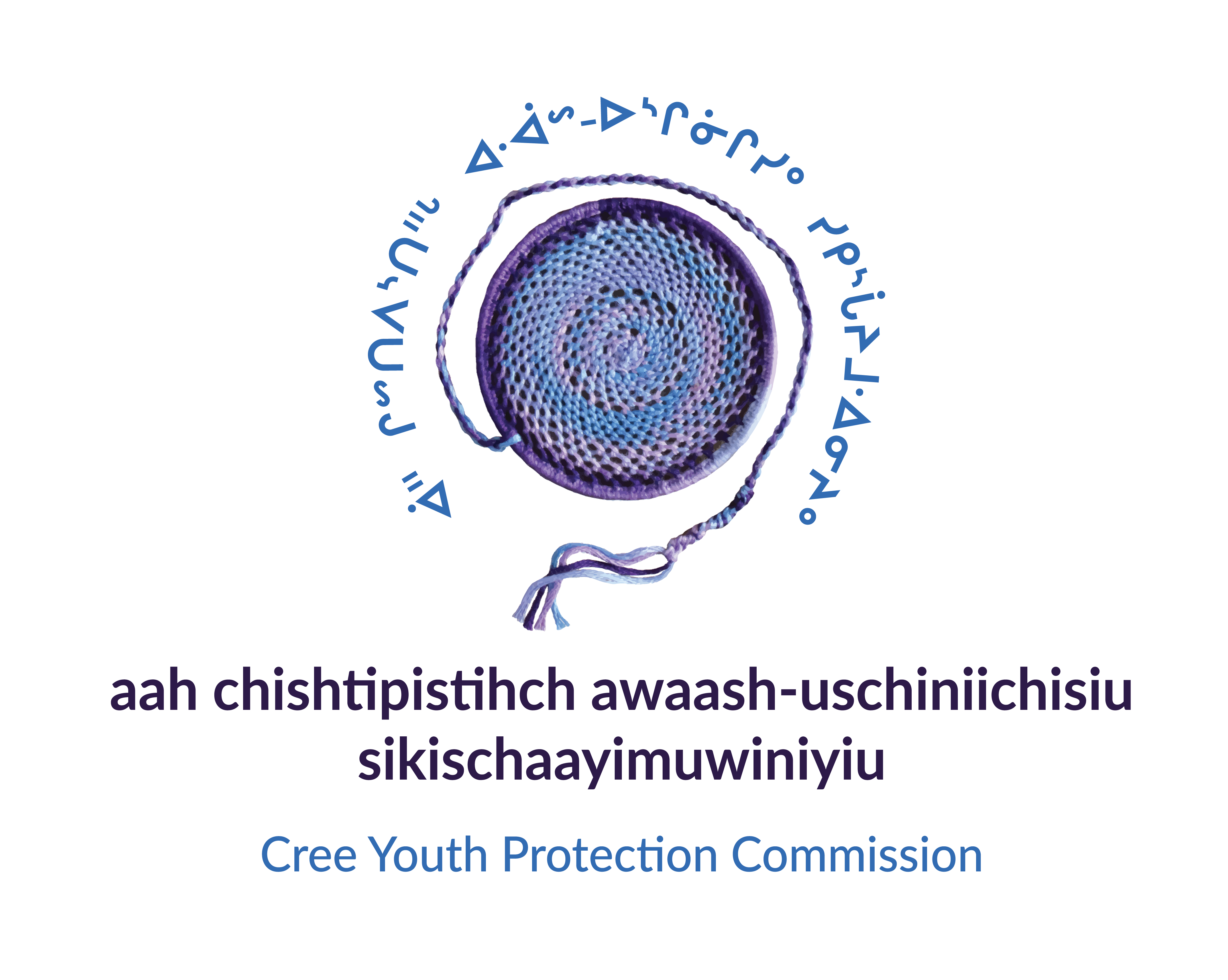VIDEO: A brief overview of Youth Protection in Eeyou Istchee ᐄᔨᔨᐅᔨᒧᐎᓐ | IIYIYIUYIMUWIN
Since time immemorial, iiyiyiuuch / iinuuch of Eeyou Istchee have had unique practices, values, approaches, and knowledge around raising healthy and thriving children and youth. The experiences and changes from the Residential and Industrial schools began a legacy of despair and cultural assimilation, and colonization has been a series of traumas for all First Nations peoples. From generation to generation, it is in the context of these experiences from historical harm that continues to live through and actively impacts us – as individuals, parents, families, communities, and as a nation.
In order for us to situate our present state and to move forward collectively for the future wellbeing and health of our children, youth, parents, families and nation, our value of collectively is important to the Commission’s work, and to reclaim and reaffirm the strengths of our traditional iiyiyiu / iinuu ways of kinship practices, child rearing, parenting and child protection. We are going to make those changes by bringing tradition home and supporting the empowerment of our families, and the inclusivity of making decisions and to exercise jurisdiction over our children and youth, and this includes our parental and family matters.
Through meaningful engagement of the collective voices and perspectives, and an acknowledgement of all aspects and dimensions form these dialogues is an integral component of this mandate. We will help achieve in putting our traditional knowledge and wise practices at the forefront and to carry out our collective actions to better adapt and make the necessary changes to the current Youth Protection system. This requires us all to believe not only the intent of the Commission, but the exercises that are being undertaken with sincerity and more importantly, Cree Board of Health and Social Services of James Bay recognizes all involved partners and participants as equal partners in effecting improved changes to the current Youth Protection system.
